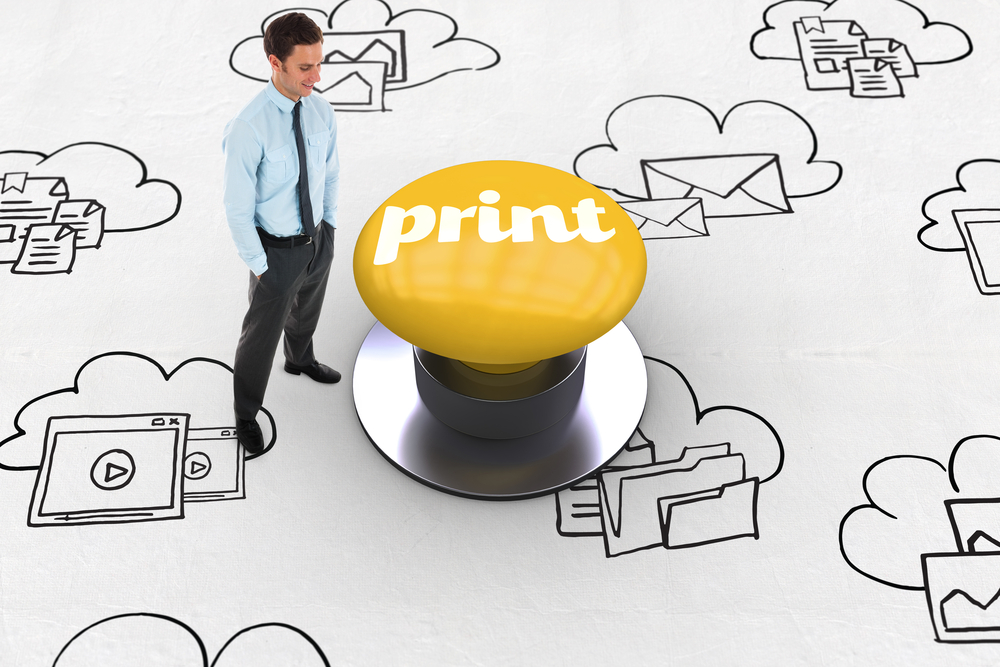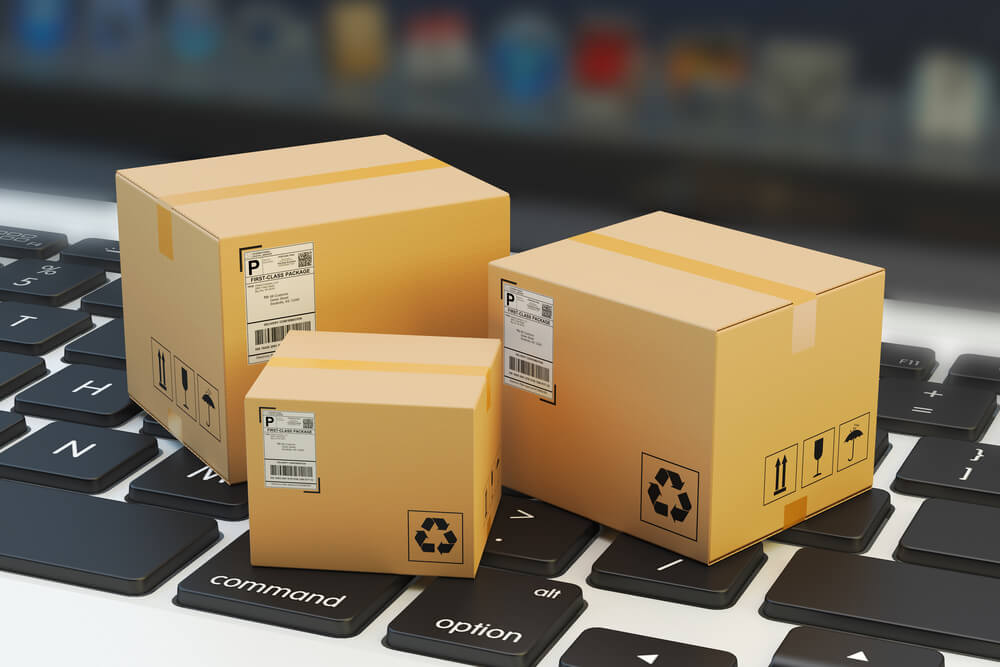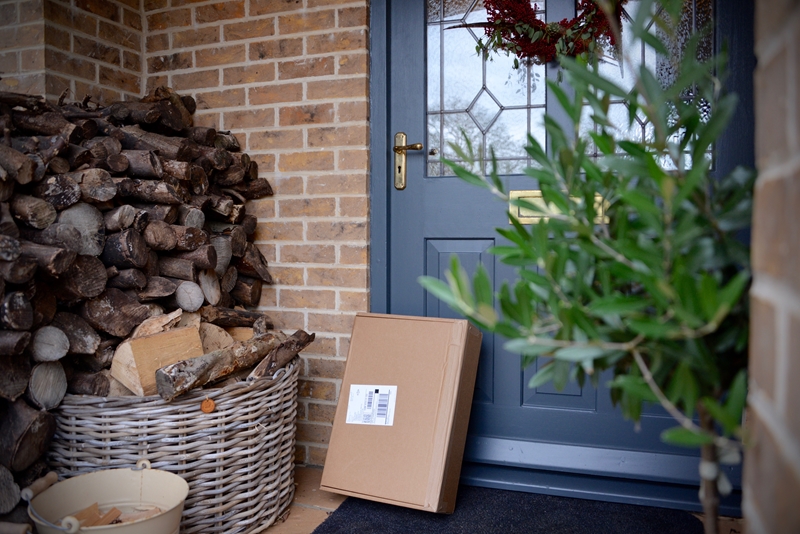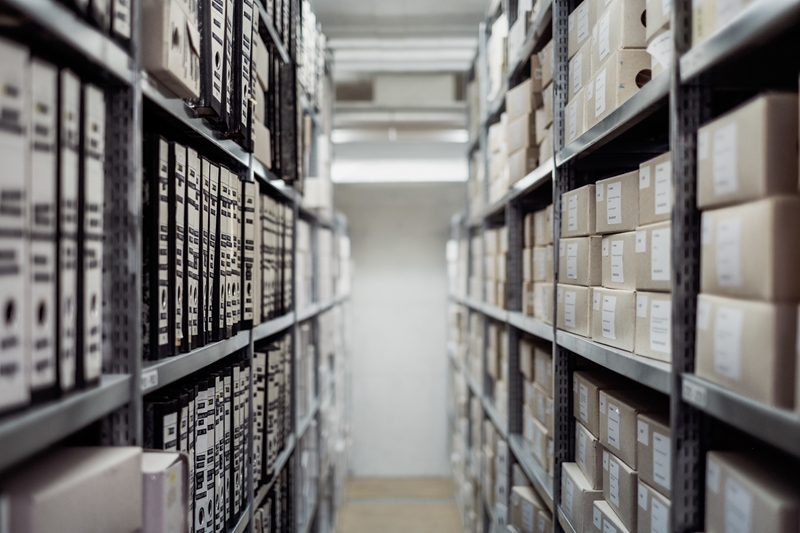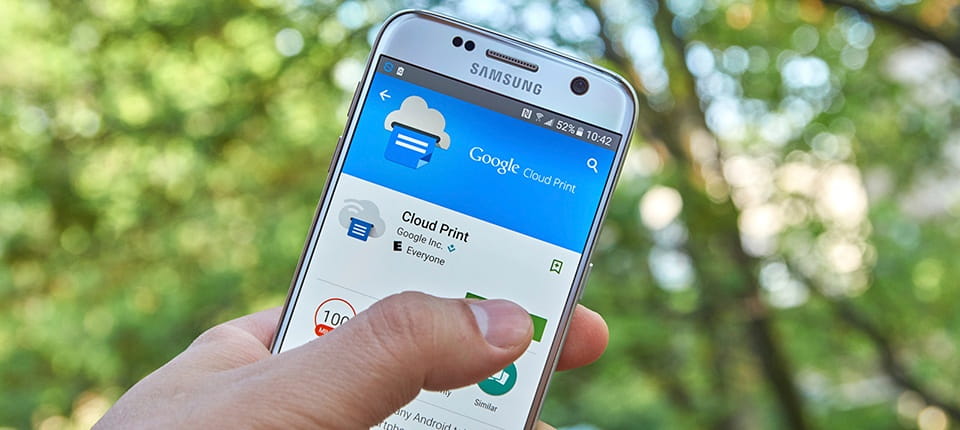Technology is driving change across different industries at a pace and scale never seen before in human history. The challenge for Australian businesses is to exploit the opportunities new technology brings and not get swept away by it.
A global report from Deloitte revealed that business leaders were feeling overwhelmed by the different options presented by new and emerging technology. Many said their organisations lacked the strategic vision to make a decision about the best solution for their circumstances.
But the same report also revealed a strong commitment to working with and trying to leverage technology. And furthermore, some leaders who had made bold investments in technology were starting to see results.
Businesses that can make good choices and manage effective implementation of new technology can gain an advantage over their competitors and build sustainable revenue streams.
The opportunity is out there.
Another report by PwC estimated that Australian businesses were missing out on almost $50 billion of untapped economic output through their failure to properly leverage mobile and internet technology.
Technological advancements in printing
Printers are no different from any other industry when it comes to technological change.
From more environmentally-sustainable printing to smart deployment of printers to closer integration with other connected devices, technology has transformed printing.
As a result, there are massive opportunities for businesses to improve productivity, reduce costs and support smarter, more flexible ways of working. But missing these opportunities hands the advantage to the competition and can hurt your bottom line.
We’ve pulled together three examples to demonstrate how failing to leverage new printer technology can be bad for your business.
(1) Using your Multi-Function Printer as a productivity centre
That is, as opposed to purely as a cost centre.
What exactly makes a multi-function printer a productivity centre? For starters, the Internet of Things. That’s right – it can connect to cloud services such as Google Cloud Print, allowing for remote printing. While you’re on the bus or train to work, you can print documents from your mobile directly to the printer at your desk so they’re waiting for you when you get to the office
Similarly, you can scan and upload documents directly to your businesses cloud storage. If manual data entry still exists in your business – i.e., reading a printed document then entering the data into a software application like a spreadsheet – document management systems using optical character recognition can transform the data on your printed page to data in your spreadsheet.

(2) Security vulnerabilities make printers weak spots in your network
Cybercrime is a huge threat to businesses. The annual cost of malicious hacks, data breaches, phishing scams and other nefarious online activity at $1 billion.
As more and more devices are connected to the internet the points of potential vulnerability keep on increasing.
For businesses, failing to secure their networks against the latest threats can lead to serious financial and reputational damage.
Printers, just like any other internet-enabled device, provide a way into networks for hackers and viruses. Ensuring that your printers are properly protected prevents them exposing your business to unnecessary risk.
Businesses should get expert advice on the best virtual security measures for their particular circumstances. Here are some general rules for tighter printer security:
- Change default passwords
- Remove unnecessary external IP addresses
- Disable any functionality you don’t need
- Regularly maintain and upgrade your printers
- Use security PINs to protect sensitive documents
- Get expert help with printer fleet management
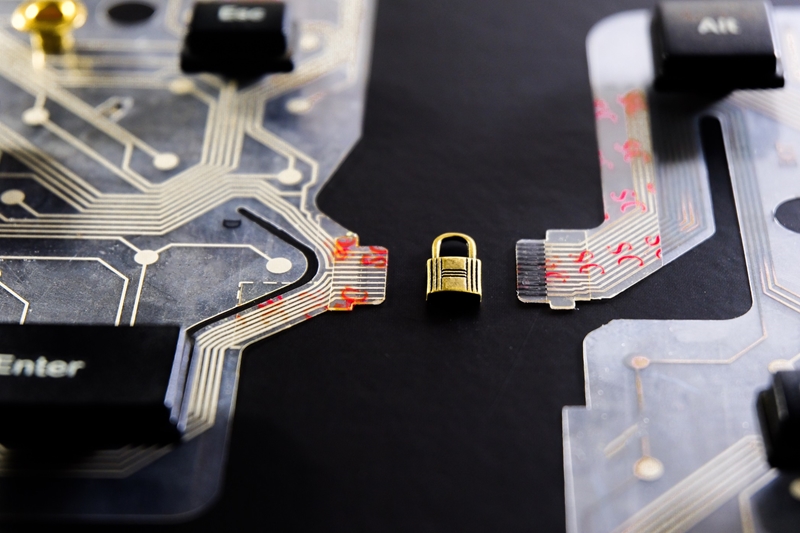
(3) Bad printer deployment interrupts workflow
In a large organisation with diverse printing needs, the type and location of printers can have a significant impact on productivity, employee wellbeing and running costs.
Businesses often overlook the potential benefits of bringing in expert outside help to consult on a tailored printing solution.
Brother Balance deployment ensures that you have the right devices for your printing needs and that they are in locations that support how your business works – or how you would like it to work.
Getting up and going to the printer is something your employees might have to do multiple times per day. Making that experience as easy and convenient as possible can have a big impact on how productive and happy they are at work.
Printer fleet optimisation, for example, can help you replace large, inefficient, out-dated printers in central locations with modern, scalable printers for departments or teams, closer to where they work and designed specifically for their needs.
This gives you an opportunity to fit your printers around how you want your employees to use your workspace, rather than their use of the workspace being determined by where the communal printer is located.
If you’d like to know more about mobile, portable printing; smart printer deployment; printer fleet management; and printer security, get in touch with the team today and we’ll show you how the latest printer technology can drive bottom line results for your business.
This article has been republished from Brother NZ with minor changes.
The original article can be seen here:

